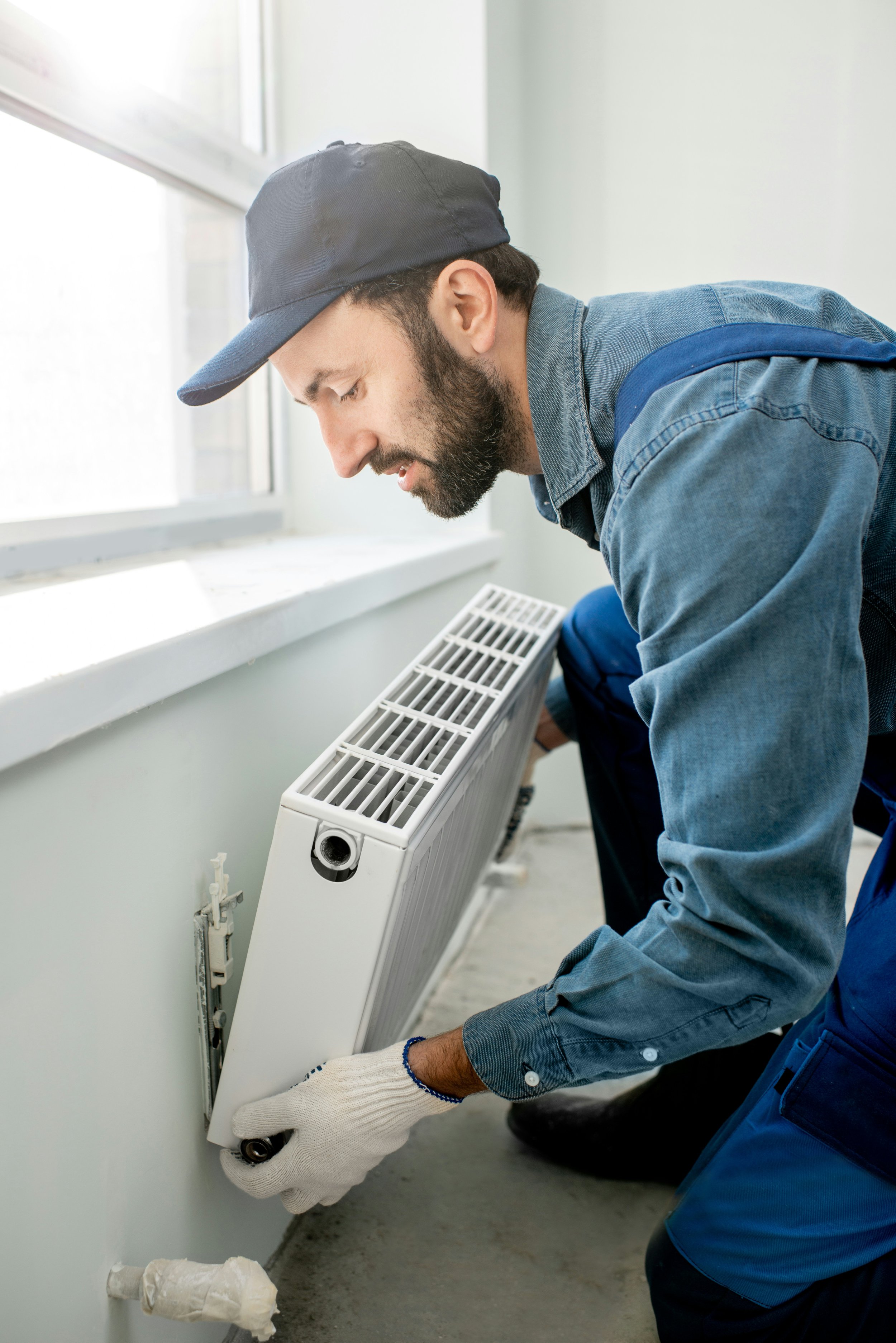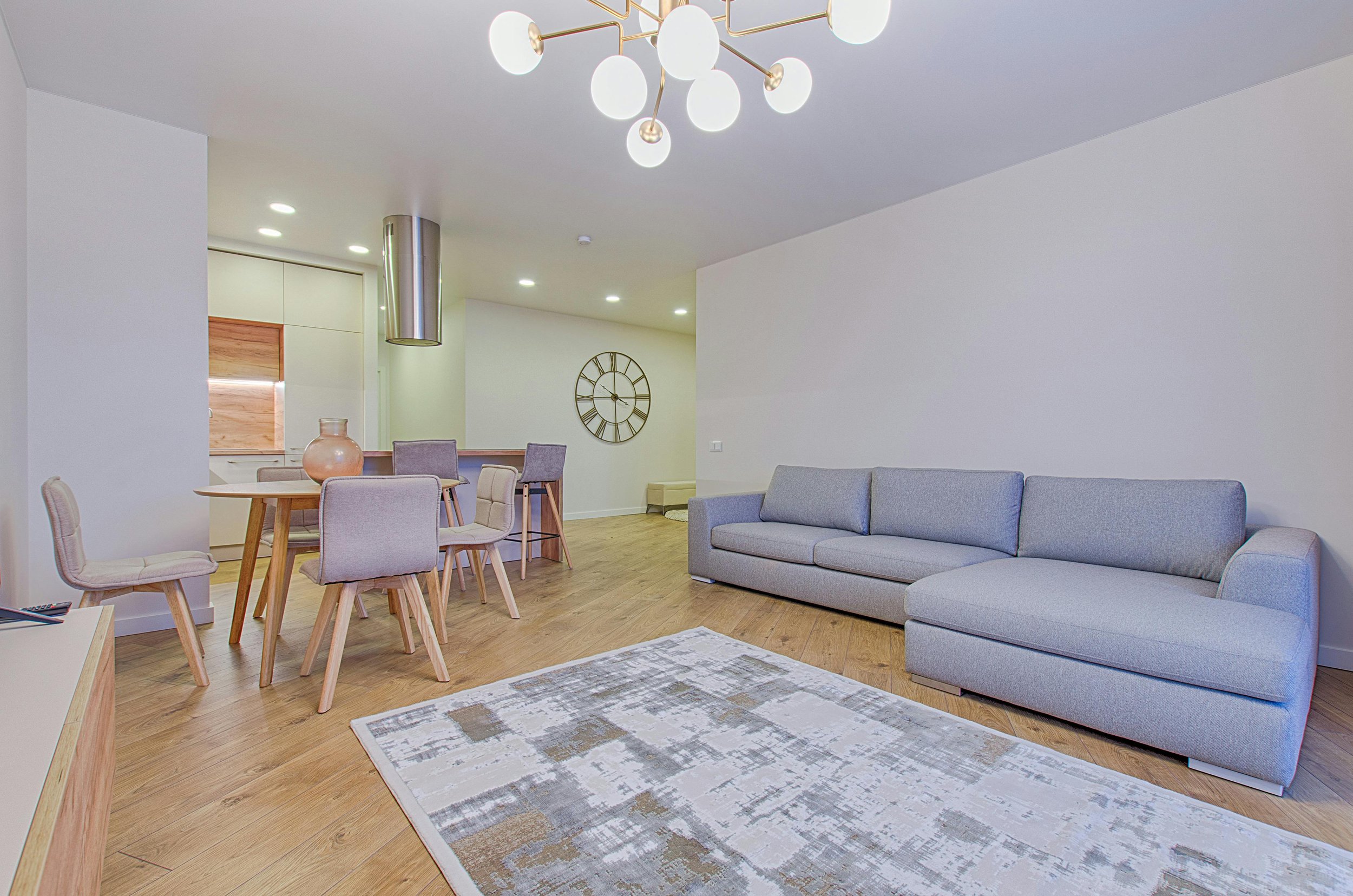How to Optimize Heating and Cooling for Open Concept Living
Maximize comfort in open-concept living spaces with smart heating and cooling strategies, efficient zoning, and design tips.
Open concept living can create a spacious and inviting atmosphere, but it also presents unique challenges for heating and cooling. To optimize temperature control in open spaces, strategic placement of HVAC vents, the use of ceiling fans, and zoned heating and cooling systems can greatly enhance comfort. Understanding how airflow works in larger areas is key to achieving an even temperature throughout the home.
Effective insulation and window treatments also play a crucial role in maintaining a comfortable environment. They help to minimize heat loss in winter and prevent heat gain in summer, ensuring energy efficiency. By implementing these techniques, homeowners can sustain a cozy atmosphere while reducing energy costs.
To fully enjoy the benefits of open concept living, it is essential to consider both aesthetic and functional aspects of temperature regulation. With the right approach, maintaining a stable climate becomes manageable, allowing for a more enjoyable living experience.
Design Principles for Open Concept Spaces
Effective design in open concept living focuses on optimizing airflow and comfort while maintaining functionality. Key principles include understanding the layout, strategically placing furniture, and creating thermal zones to ensure efficient heating and cooling.
Understanding Open Concept Layouts
An open concept layout typically merges living, dining, and kitchen areas into a unified space. This design encourages natural light and fosters interaction. However, it can complicate temperature control.
Considerations:
Airflow Path: Identify the natural airflow to enhance heating and cooling efficiency.
Sunlight Exposure: Assess how sunlight affects different areas throughout the day.
Consulting with Augusta heating and cooling experts can help in assessing these factors to achieve a balanced environment.
Strategic Furniture Placement
Furniture placement influences both aesthetics and temperature distribution. Arranging furniture thoughtfully enhances airflow and comfort.
Tips:
Avoid Blocking Vents: Ensure that heating and cooling vents remain unobstructed by large furniture pieces.
Create Functional Zones: Use furniture to define areas, such as separating the living room from the dining space without creating physical barriers.
Examples:
Use sofas and bookshelves to shape spaces while maintaining open sightlines.
Consider using area rugs to delineate zones visually while keeping the area airy and open.
Incorporating Thermal Zones
Creating thermal zones in large spaces can significantly enhance comfort levels. By dividing the open concept area into zones, it's possible to tailor heating and cooling to specific needs.
Approaches:
Ductless Mini-Splits: These systems can provide heating and cooling to specific areas based on usage, thereby increasing efficiency.
Smart Thermostats: Utilize zoning thermostats to adjust settings based on occupancy and activity.
Benefits:
Minimizes energy costs while maximizing comfort.
Allows for customization depending on the time of day and whether spaces are in use.
In open concept living, thoughtful design considerations lead to optimized heating and cooling, resulting in a more comfortable environment.
Heating and Cooling Systems for Open Spaces
Selecting the right heating and cooling systems is crucial for optimizing comfort in open-concept living spaces. Factors such as system type, zoning capabilities, and energy efficiency are essential for achieving effective climate control.
Choosing the Right System
In open spaces, the choice of heating and cooling system can significantly impact comfort and efficiency. Central HVAC systems are popular due to their ability to maintain consistent temperatures across large areas.
Ductless mini-split systems offer flexibility and can be installed in specific zones. They consist of an outdoor compressor and indoor air-handling units, allowing for tailored temperature control.
Radiant floor heating is another option. It evenly distributes heat throughout the floor, which can be beneficial in open layouts. Consulting heating and cooling experts can help determine the best fit for specific needs and layouts.
Zoned Heating and Cooling Solutions
Zoned systems provide customizable comfort by allowing different areas of a home to be heated or cooled independently. This is particularly useful in open concept designs where certain sections may require different temperatures based on usage and time of day.
Smart thermostats can enhance zoned systems by learning user preferences and adjusting settings automatically. This can lead to increased comfort and reduced energy costs.
Installers can create zones using multiple thermostats and dampers in ducted systems or by setting up separate units in ductless systems. Utilizing these solutions ensures more efficient heating and cooling tailored to individual preferences.
Energy-Efficient HVAC Options
Energy efficiency is a key consideration in modern heating and cooling solutions. Systems with high Seasonal Energy Efficiency Ratios (SEER) and Energy Efficiency Ratios (EER) can significantly reduce utility bills.
Heat pumps are an increasingly popular choice. They use electricity to transfer heat rather than generating it, which can be more efficient than traditional heating methods.
In addition, investing in smart home technology can enhance energy savings. Programmable thermostats and energy monitoring systems provide insights into usage patterns. This data enables homeowners to make informed decisions about system operations, maximizing efficiency while maintaining comfort.
Insulation and Ventilation Optimization
Effective insulation and ventilation are crucial for maintaining comfort in open concept living spaces. This involves enhancing the quality of insulation materials, maximizing natural airflow, and strategically using technology like fans and dehumidifiers.
Enhancing Insulation Quality
Improving insulation quality can significantly impact the efficiency of heating and cooling. Homeowners should consider using high-R-value materials, such as spray foam or rigid foam boards, to better resist heat flow.
Insulating exterior walls, attics, and basements minimizes thermal bridging and helps maintain a stable indoor temperature. Sealing gaps and cracks around windows, doors, and ducts is essential.
A well-insulated home reduces the workload on HVAC systems, leading to lower energy bills. Regular inspections can identify areas needing improvement, ensuring that insulation remains effective over time.
Maximizing Natural Ventilation
Natural ventilation leverages airflow to reduce reliance on mechanical systems. Placing windows strategically across the living space promotes cross-ventilation. Open the windows during cooler parts of the day to allow fresh air to circulate and push out warmer air.
Utilizing features like skylights can enhance airflow. Additionally, operable windows on opposite sides of the room enable effective breezes, reducing indoor temperatures while being energy efficient.
Consider using temperature-sensitive window treatments to block heat during summer and trap warmth in winter.
Utilizing Fans and Dehumidifiers
Incorporating fans into an open concept space enhances air movement and maintains comfort. Ceiling fans can circulate air efficiently, making temperatures feel more pleasant without lowering the thermostat.
Dehumidifiers are important in managing humidity levels, especially in humid climates. They help prevent mold growth and improve overall air quality.
Selecting the right size and type is essential for both fans and dehumidifiers. Carefully positioning these devices can influence airflow and humidity, ensuring a balanced indoor environment.





